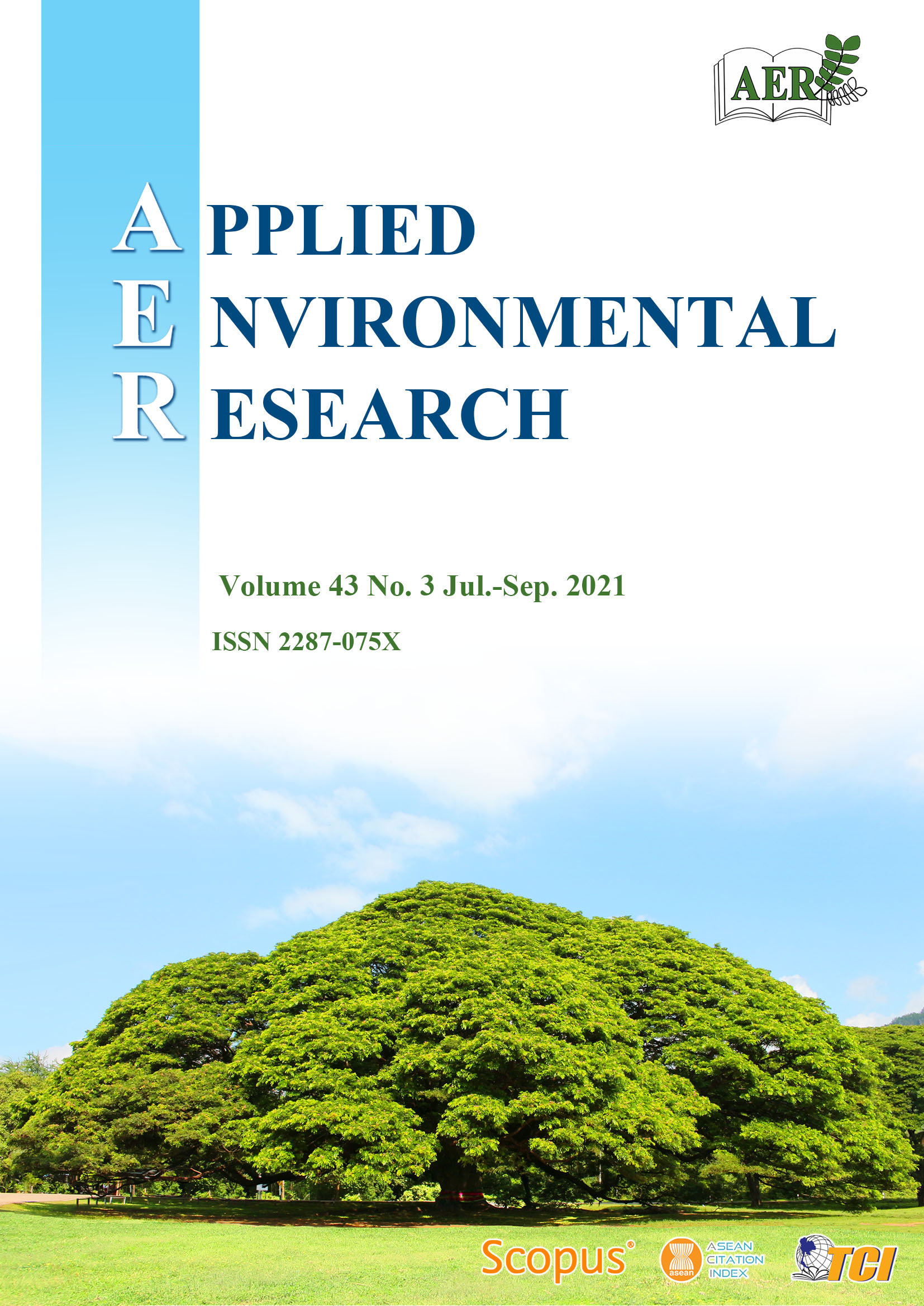Flood Hazard Mapping and Assessment of Precipitation Monitoring System Using GIS-Based Morphometric Analysis and TRMM Data: A Case Study of the Wadi Qena Watershed, Egypt
Main Article Content
Abstract
Wadi Qena is one of the Nile Valley areas particularly at risk of severe flash flooding, located in Egypt. The study aims to verify TRMM rainfall data (TRMM 3B42), using eight stations across Egypt as well as relies on morphometric analysis to generate a flood risk map based on the ranking method. Three process could be recognized through the study, calibration, correction and verification processes. The results discuss the match daily rainfall trends of TRMM and observed data, producing a correction equation for TRMM data with root mean square error (RMSE) value of 0.837 mm d-1 and R2= 0.238 (calibration process). On the other hand, a verification process, using the developed correction equation, obtain RMSE value of 1.701 mm d-1 and R2= 0.601. The morphometric analysis shows 32 sub-basins with a hazard degree from moderate to high, amounting to 50.3% of the watershed area. Conclusively, this study confirms that the current monitoring system is not enough to cover the whole area, especially the high-risk sub-basins, and TRMM data could provide key information for water-related applications in Egypt.
Article Details

This work is licensed under a Creative Commons Attribution-NonCommercial 4.0 International License.
Published articles are under the copyright of the Applied Environmental Research effective when the article is accepted for publication thus granting Applied Environmental Research all rights for the work so that both parties may be protected from the consequences of unauthorized use. Partially or totally publication of an article elsewhere is possible only after the consent from the editors.

